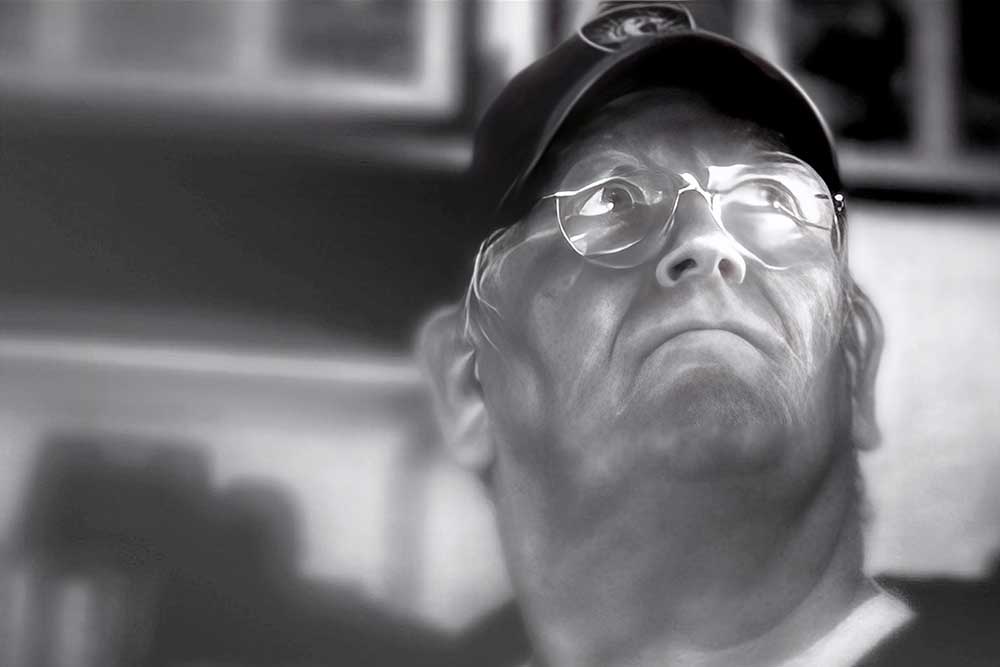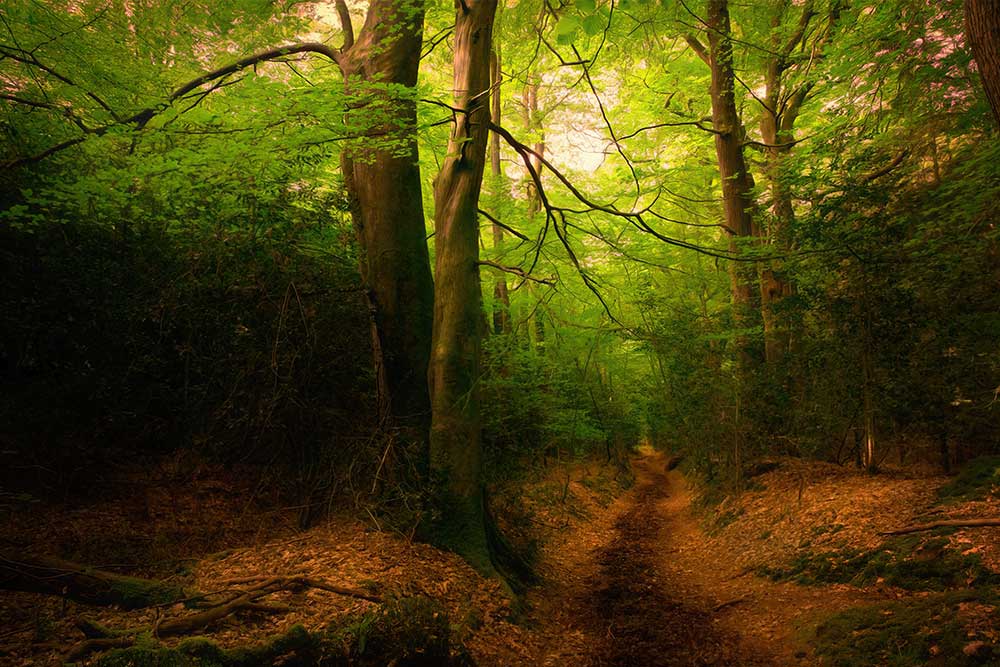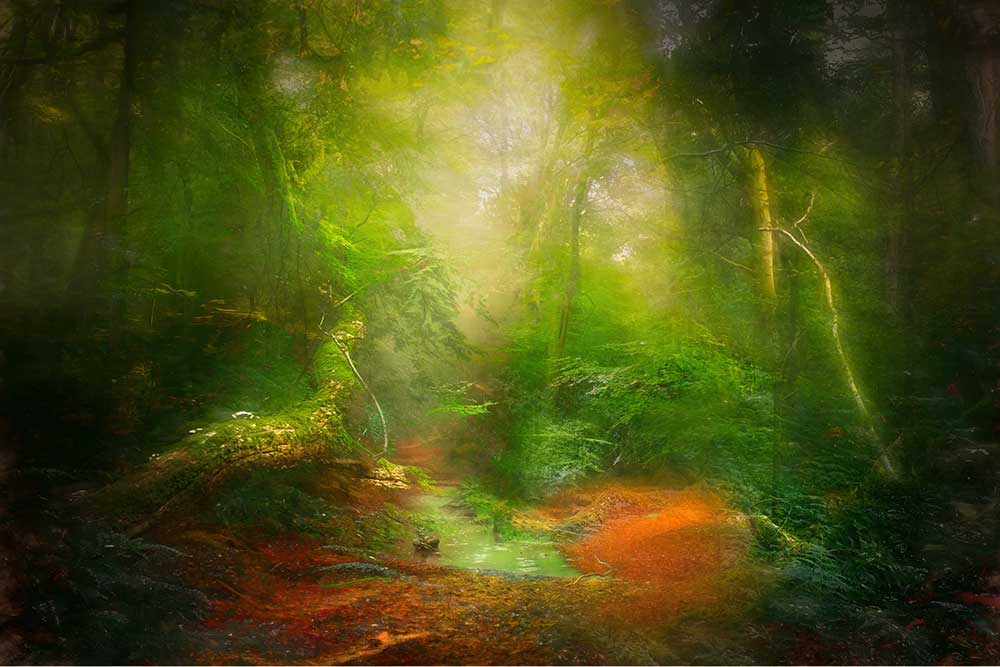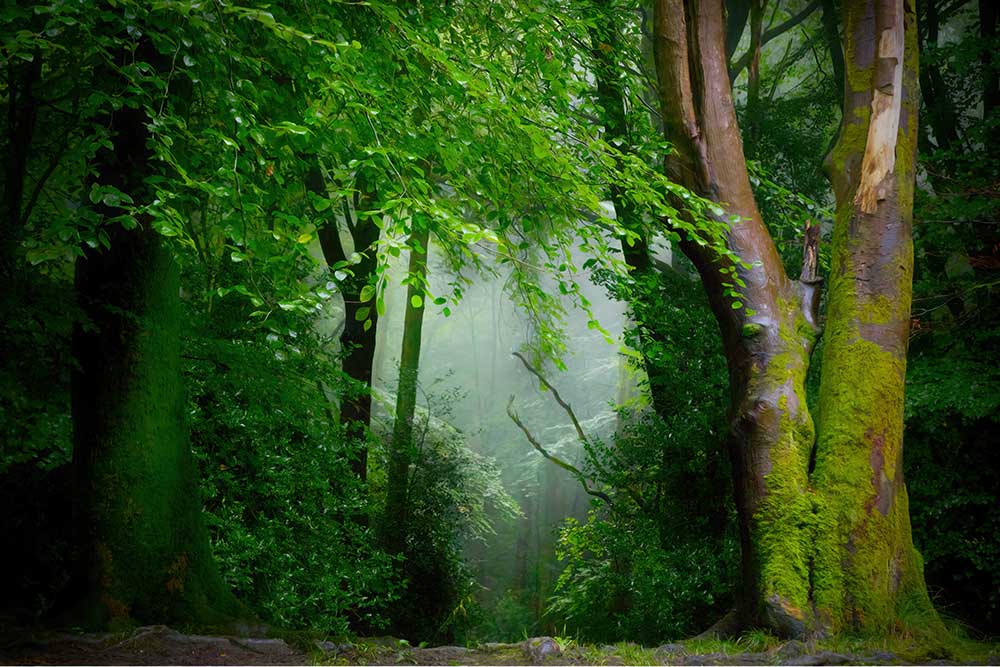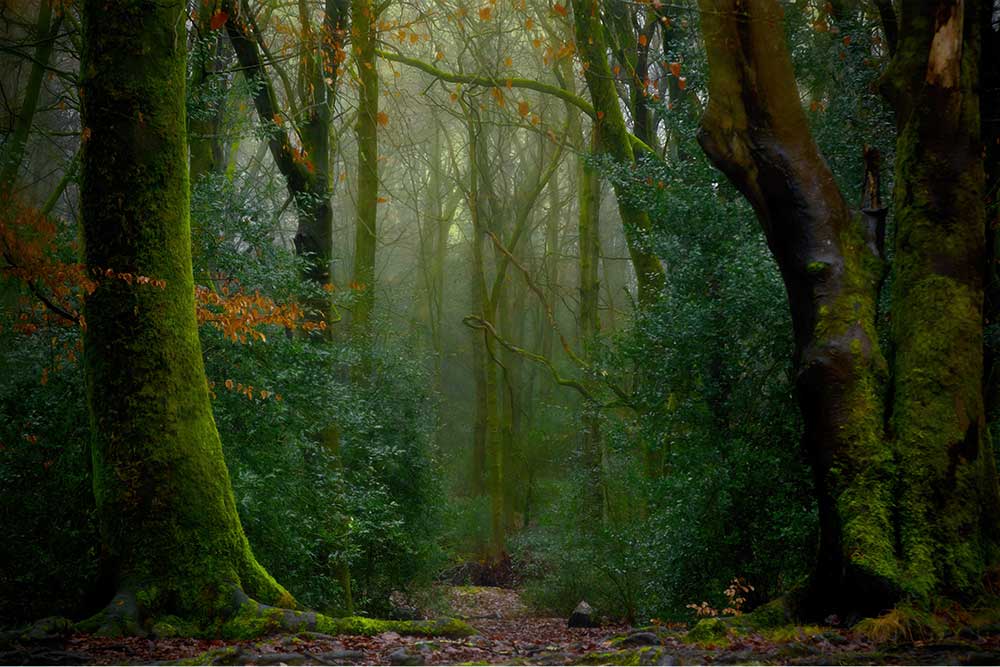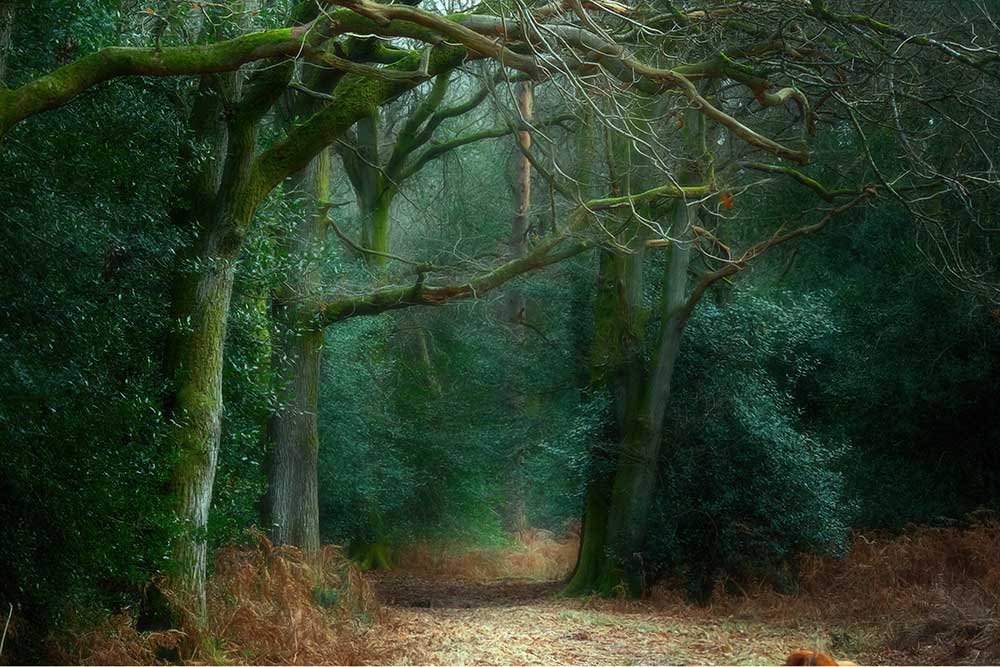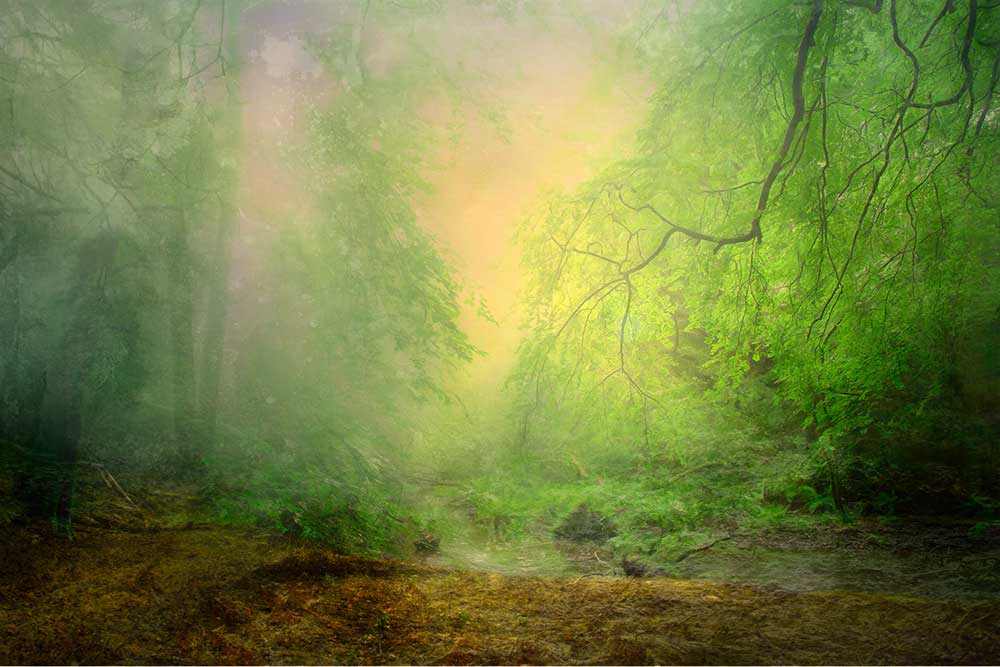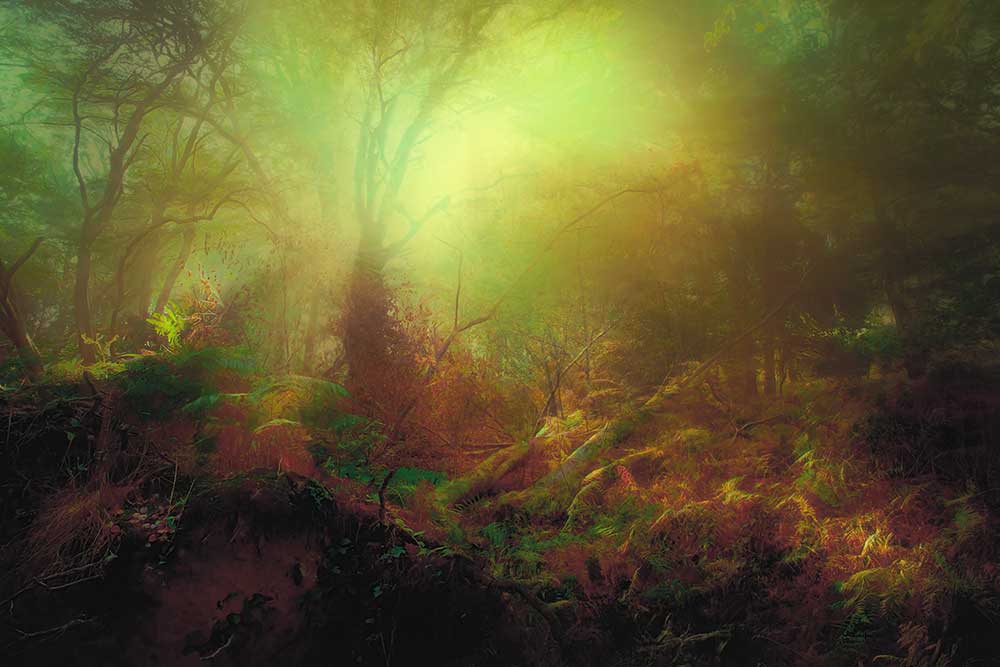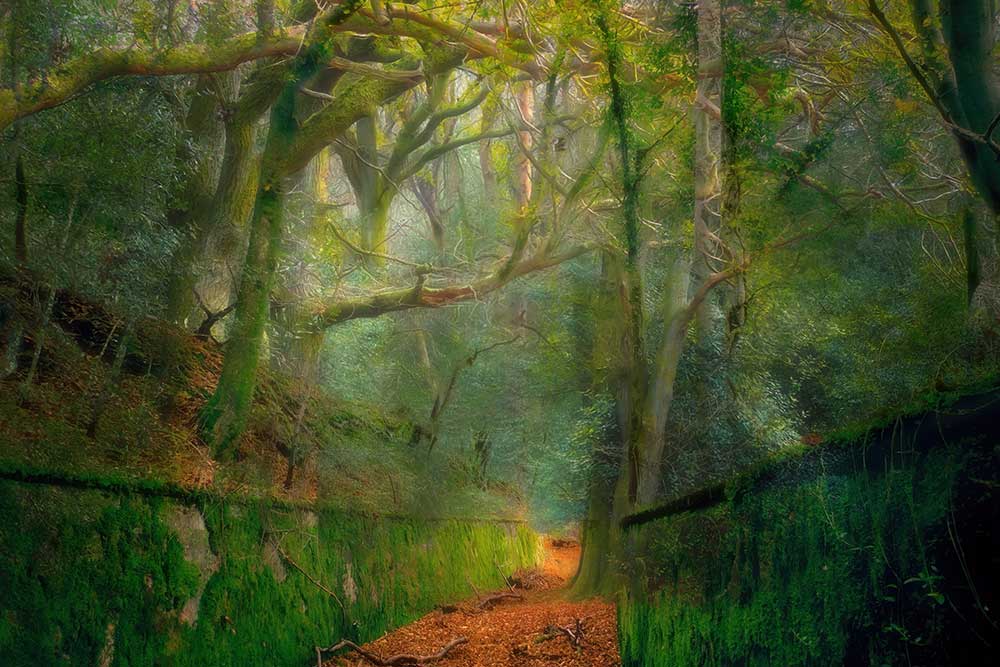In the quiet embrace of the forest, there exists a world of enchantment, tranquility, and anticipation. It is a world that landscape photographer Paul Clarke has masterfully unveiled through his lens.
Paul’s work goes beyond the surface of nature; it delves into the heart of the forest, capturing intimate and solitary moments that resonate with viewers.
Paul Clarke, a self-taught photographer based in Southern England, discovered his passion for capturing the beauty of woodlands after leaving the bustling streets of London behind. His journey into the world of landscape photography has led him to become a masterful storyteller through images.
In this exclusive interview, we dive into the artistry of Paul Clarke’s work, exploring his creative process, his unique approach to editing, and the profound connection he shares with the natural world. We’ll also discover how his background as an award-winning graphic designer and art director has shaped his perspective as a photographer.
Join us on a journey through the forest as we unravel the mysteries and anticipation that lie within Paul Clarke’s captivating landscape photography. This interview offers a glimpse into the mind of an artist who has found solace, inspiration, and profound beauty in the heart of the woods. [Official Website]
Paul, your project «At Home in the Forest…» showcases your unique perspective as a landscape photographer. Can you tell us about your journey into the world of photography and how it led you to focus on capturing the beauty of forests?
Maybe it’s in the blood, both my parents were keen photographers, Mum served her apprenticeship with Foto-Geller in Düsseldorf (and today is quite bemused by digital photography). It’s always fascinated me. Working with photographers as a young designer, impacted by the ‘photographer’s eye’, I needed to learn more and found (for me anyway) that it emerges and develops the more you take pictures. Some years ago, seeing the woodland work of Lars van Der Goor, the detail and texture within the painterly style, the masterly editing, beautiful and amazing. Very inspired and living in an ‘area of outstanding natural beauty’ there was no excuse not to try it out. Rude not to really.
Your work often captures the forest’s quiet and intimate moments. How do you convey these emotions and experiences through your photography?
You feel it. It may be about picking your moment, calm and patience, try and pick your moment, I have missed a few but now it upsets me less and I think; “Okay, I’ll just have to keep that shot in my head”.
The forest has a unique energy and atmosphere. How do you select the precise locations and moments to capture in your images?
I walk a lot (usually around sunrise with my dog) in the forest, staying off paths (and away from people) as much as possible, we cover a lot of ground exploring. The conditions are important, I like Natural light, not too sunny. I prefer it when it’s wet after the rain, certain colours really pop and deepen. It brings an added richness.
Your approach to editing and post-production is quite distinctive in your work. Can you share your creative process and how you transform your photographs into works of art?
Being self-taught, the approach is largely intuitive and experimental, usually I have an idea of what I want from the shot, sometimes I’ll combine shots to create another view (often leaving in particular anomalies if I like them) and there are so many wonderful tools out there, I really like working with the TopazLabs plugins, it is an absorbing, time-consuming journey. Every time I finish an image I feel that I’ve learned something from it –I love that.
Artist and photographer Terry Cripps has observed that your work has an air of anticipation, as if something is about to happen in each image. How do you convey this sense of narrative in your landscape photographs?
Visually noisy, the woodland can present you with so much, ever changing, crazy shapes in trees and branches, colours and textures in foliage… I sometimes see the scene in front of me as a freeze-frame of a more explosive event that I’m attempting to capture, Imagine for example a fantastic, old and expressively twisted tree had just burst through the ground and grown into its current shape in a matter of a couple of seconds, right there, in front of you and your camera… you’re telling that story.
Throughout your career, you’ve worked as an award-winning graphic designer and art director. How has this experience influenced your approach to landscape photography?
I’m sure it must have influenced me, practically, creatively and to an extent the potential of previous experience to inform and prepare for the new.
Is there a particular work or project that you feel defines your style as a landscape photographer?
There may well be a recognisable handwriting in my work but my first instinct is to explore and make the image I want whether it follows a style or not. Perhaps that is my style, we’ll see.
What is your personal connection to nature and forests in particular? How does your personal bond with these environments influence your work?
Was born and grew up in Surrey, England, it’s very pretty country. After spending my working life in London, moving back to the Surrey Hills I think has strengthened the bond. As an introvert by nature and very comfortable in my own company, the quiet and solitude of the woodland is innate to me. I’m in a good place when working out there.
In your opinion, what makes a landscape special and deserving of being captured in a photograph?
Any number of things; light, mood, colour, composition, shapes, whatever strikes a chord and moves you, it’s unique to you. Are we back to style again?
Do you have any advice or insights you’d like to share with other photographers who are interested in exploring the world of landscape photography?
Take pictures. Experiment. Don’t forget to look behind you; occasionally I’ve found it worthwhile to occasionally turn around and have a look at what you are walking away from
What do you envision for the future of your work as a landscape photographer?
Medium format appeals to me, it’s different look and feel. I’d love to take one for a spin one day. I have started experimenting with A.I. but find I’m struggling with fine tuning and the most pleasing results I’ve had so far have been happy accidents. I don‘t know how Bernd Webler does it, I‘m a big fan. I’d love to explore some more exotic forests and shoot some tropical stuff.



